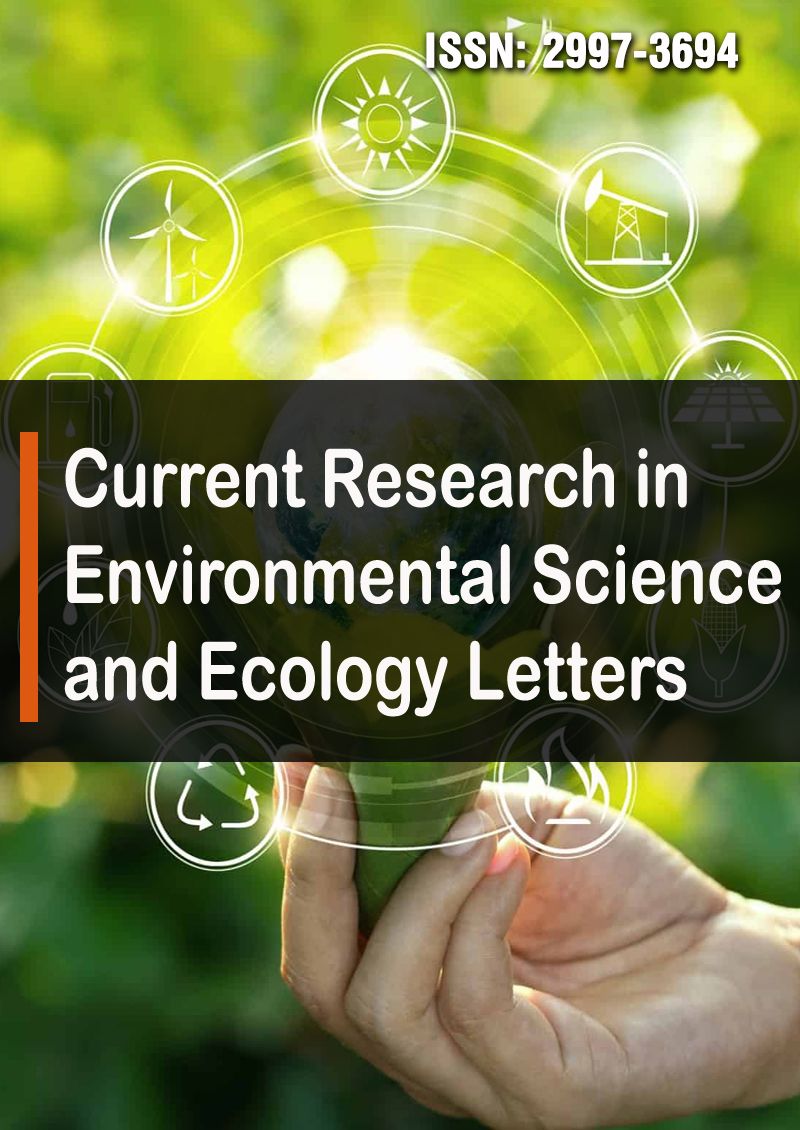Study of Biological CO2 Sequestration on Microalgae Species
Abstract
Haya Ansari, Syed Zaheer Hasan, Flory Kothari, Tisha Patel and Chetana Roat
Microalgae represent efficient photosynthetic microorganisms with the potential to serve as natural air purifiers by generating oxygen and reducing CO2 levels. They utilize dissolved carbonate and bicarbonate from CO2 in the culture medium to support their growth. As they proliferate, the pH of the medium increases, creating favorable conditions for microalgae growth. This study focuses on characterizing microalgae for their efficiency in CO2 fixation and biomass production within a closed system. Optical density, pH, and dissolved CO2 levels were measured. Optimization of extraction methods for pigment and lipid production was conducted. The Bligh and Dyer method was employed for lipid extraction, while 99% Methanol was utilized for chlorophyll extraction. The study aimed to not only understand the carbon sequestration potential of microalgae but also develop practical strategies for maximizing their biomass and valuable product yields. In this study, the biomass productivity was obtained 80 mg/L for Chlorella sp. and 200 mg/L for Oscillatoria sp. The lipids, proteins, and polysaccharides present in microalgae biomass possess significant application potential, serving as valuable raw materials in industries such as biofuel production, biochemical manufacturing, food processing, pharmaceuticals, and various other sectors.



